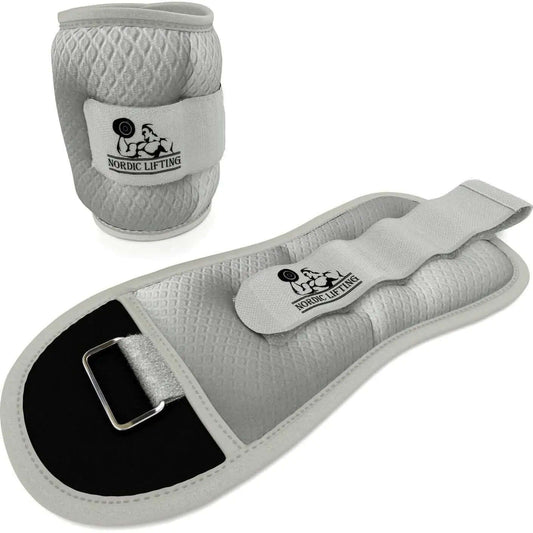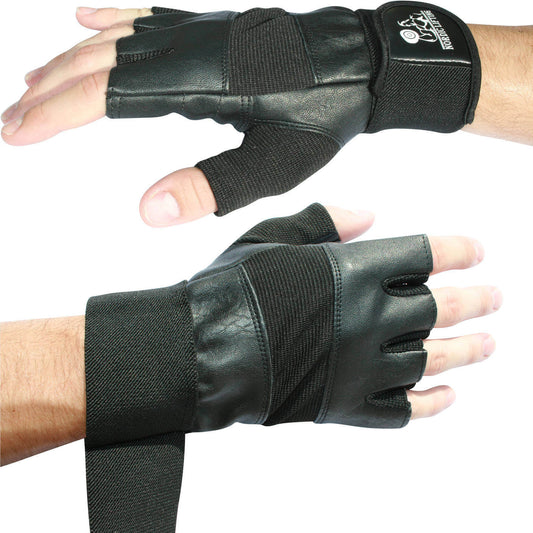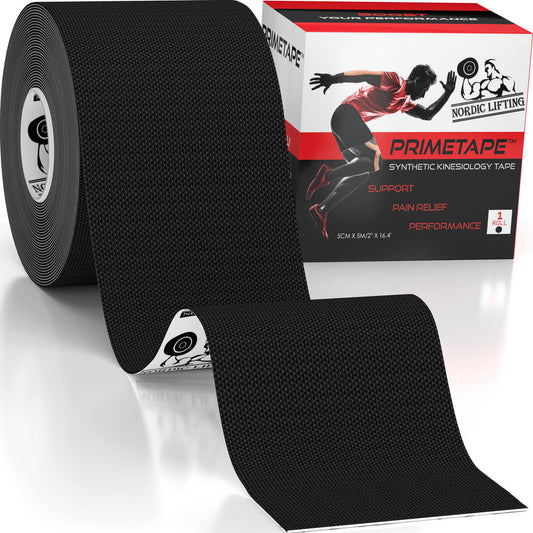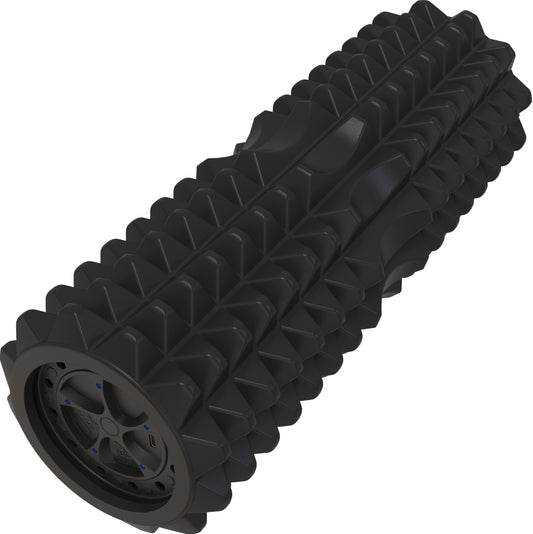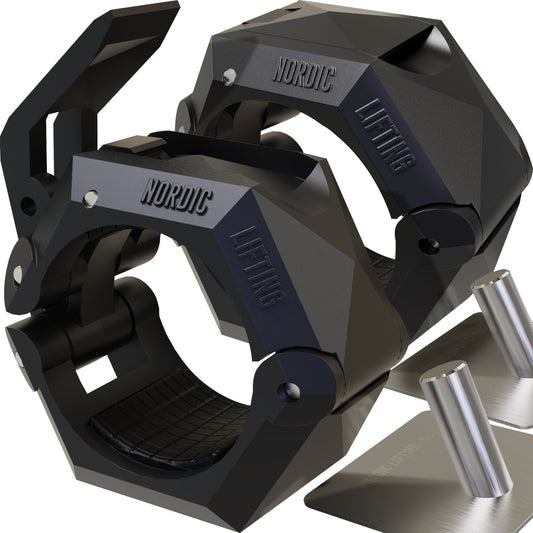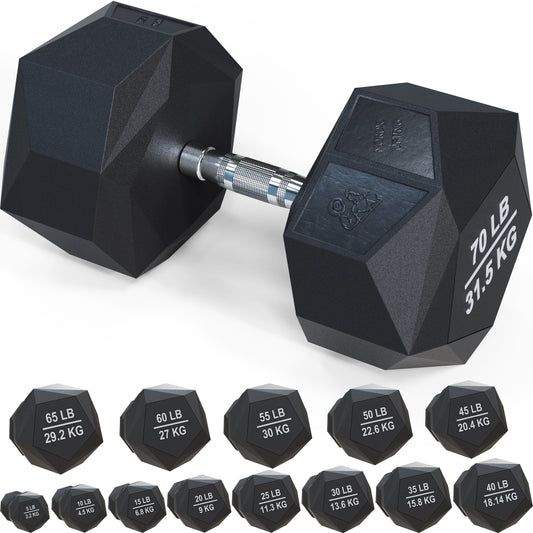Why should you deadlift if you want to reduce weight? So, I did some research and discovered various advantages of deadlifting for weight loss. The deadlift is a basic complex exercise that targets your body's largest muscle groups.

The 4 key benefits of doing deadlifts for weight loss are they:
-
Work several muscle groups promoting high-level fat loss
-
Increase primary anabolic hormones that stimulate fat loss and muscle growth
-
Burn more calories compared to running
-
Increase cardio endurance if programmed properly

Let’s dive into these benefits more to learn why every program aimed to change your physique, lose weight, and build muscle should include the deadlift.
-
Deadlifting works several muscle groups promoting high levels of fat loss
The deadlift is a compound exercise that works several muscle groups
In general, lifting weights and resistance training burns more fat than just dieting or dieting with cardio exercise alone.
Deadlifting is a compound exercise that utilizes several muscle groups, including your:
-
Quads
-
Glutes
-
Hamstrings
-
Adductor magnus (inner thigh)
-
Low back
-
Mid-back
-
Calves
-
Abs
-
Traps
These muscles contract together to help maintain proper posture and carry the weight from point A to point B.
A multi-muscle workout, such as the deadlift, causes significant fat reduction by burning a huge amount of calories. This is due to the fact that it simply requires more 'energy' to perform.
Furthermore, if the training factors, such as sets, reps, and weight, are properly designed, the deadlift can be used to improve hypertrophy (muscle growth). This is significant because muscular growth raises resting metabolic rate (RMR). That is, you will burn more calories after your workout while you are resting.
You can do a deadlift with any weight you want, such as dumbbells, a barbell, a trap bar, or a kettlebell. The standard deadlift and sumo deadlift with a barbell are the two most frequent deadlift variations. With these styles, you'll be able to recruit as much muscle as possible.
Whatever equipment or approach you use, remember that any combination of deadlifts will help you lose weight. So choose a deadlift variety that you are comfortable with, and make sure you lift heavy enough to make the work worthwhile.
2. Increases primary anabolic hormones that stimulate fat loss and muscle growth
Deadlifts boost natural production of testosterone and growth hormone
Deadlifting generates a neuroendocrine response.
Wait, what does that mean?
A neuroendocrine response is a reaction that involves the nervous and endocrine (hormone) systems in the body.
Natural hormone levels such as testosterone and growth hormone have been demonstrated to rise following a heavy deadlift session. These hormones influence muscular growth, body fat, and bone strength, among other things.
Let’s take a look at these hormones now:
Testosterone
Testosterone plays a role in muscle repair, growth of additional muscle tissue and inhibiting the generation of new fat cells.
Studies have set out to determine whether compound exercises like the squat and deadlift can positively impact hormonal levels compared with machine isolation exercises such as leg press. It has been shown by Shaner et. al (2014), that compounded exercises with short rest periods can increase your production of testosterone.
The protocol used 6 sets of 10 reps @ 80% of your 1 rep max on 2-minutes rest. On paper, this is a pretty grueling workout, but it would certainly drive the muscle-growth process, which in turn would increase caloric expenditure.
If you want to have tailored workouts for your weight loss goals, check out the FitBod app, which will give you workouts based on your logged workout data, personal preferences, and specific goals.
Growth Hormone
Growth hormone is responsible for tissue healing, bone strength, muscle growth and fat loss.
Growth hormone is further stimulated during intense weight training sessions. Studies have shown that reduced growth hormone can result in obesity due to its metabolic effects on fat cells. However, in the presence of growth hormone the body will break down fat cells and stimulate your liver to produce insulin-like growth factor (IGF-1), which promotes muscle growth.
3. Burns more calories compared to running
Heavy deadlifts can burn more calories than running, which will help you lose fat.
Compound exercises such as deadlifts are energy-demanding exercises.
As I mentioned before, deadlifting trains different muscle groups that require a substantial amount of energy. This results in a greater expenditure of calories burned long after a deadlift session.
Let me explain:
The Excess Post-Exercise Oxygen Consumption (EPOC) is the amount of calories your body burns after a strength-training workout to return your body to its original state. Your body has to restore several processes such as oxygen levels, create new energy stores and remove any lactic acid build up.
Studies have found that doing deadlifts between 15-20 reps with loads up to 50% of your 1 rep max can burn up to 60 calories in the EPOC process alone. This equates to the amount of energy you would burn running a mile (if you weigh 130 lbs) or half a mile (if you weigh 260 lbs). These studies calculated the energy expenditure strongly correlated to the amount of work conducted.
4. Increased cardio endurance
Deadlifts can increase cardio endurance
Deadlifting with a high effort raises and maintains your heart rate throughout your workout. Keeping short rest periods between sets can make it feel like you've also got cardiovascular exercise. Increasing the rest time, on the other hand, can enhance a high-intensity interval training (HIIT) session.
High-intensity interval training (HIIT) is a type of anaerobic exercise that mixes interval training and cardiovascular activity. Short bursts of intensive activity are followed by low-intensity recovery intervals in HIIT. HIIT workouts have been demonstrated to burn up to 30% more calories than conventional types of exercise.
HIIT training has also been shown in studies to reduce body fat in both men and women.
So, the next time you work out, consider mixing HIIT with a compound exercise, such as deadlifts.
Fitbod can create high-intensity workouts using complex exercises that can help you attain your weight-loss objectives faster. Sign up for three free workouts by clicking HERE.
What Does Deadlifting Do?
Deadlifts and squats are effective exercises for gaining lower body strength. Both strengthen the muscles of the legs and glutes, but they do activate slightly different muscle groups. The deadlift is a movement where your hips hinge backward to lower down and pick up a weighted barbell or kettlebell from the floor.
Purpose of Deadlift
The deadlift is a widely used compound weight exercise that involves picking up a weight from the ground by bending at your waist and hips and standing back up. Deadlifts are highly effective at increasing functional strength due to the activation of your largest lower body muscles.
Are Deadlifts Good for you?
Deadlifting can increase core strength, core stability and improve your posture. Deadlifting trains most of the muscles in the legs, lower back and core. These are all muscles responsible for posture, which will help keep your shoulders, spine, and hips in alignment.
Other Deadlifting Benefits
Deadlift to lose belly fat
Deadlifting alone will not help you lose belly fat, but incorporating it into your routine will.
The primary technique for losing abdominal fat is to create a calorie deficit in your body. This usually entails burning more calories through exercise and food, resulting in a caloric deficit based on your total body expenditure.
Using the deadlift as part of a calorie-controlled diet will guarantee belly fat loss results. As deadlifts involve a large number of muscles, this maximizes your energy expenditure helping you to get in a calorie deficit.
Increases Muscle Strength and stability
Deadlifting is an excellent way to increase muscle mass and strength. Researchers at Texas Tech University discovered that after ten weeks of deadlift training, both male and female participants showed significant improvements in strength and stability — particularly women who were new to lifting.
Increases core strength and posture
Back discomfort can be caused by poor posture, which is a very frequent ailment.
Deadlifting can help you gain core strength, stability, and enhance your posture. Deadlifting works out the majority of the muscles in the legs, lower back, and core. All of these muscles are responsible for posture and will help maintain your shoulders, spine, and hips aligned.
Improves overall performance
Deadlifts have been proven to improve jump performance in athletes, minimize muscle loss in older persons, raise bone density in athletes participating in contact sports, and serve as an excellent rehabilitation exercise following lower limb surgery.
Furthermore, the deadlift is a terrific workout if you don't have a lot of time to work out because it recruits a lot of muscle in a short amount of time.
Final Thoughts
Deadlifting is a complex exercise that works key muscle groups all over your body. This causes rapid fat reduction by burning a large quantity of calories at the same time. Deadlifts will also drive muscle growth, which will enhance your metabolism and burn even more calories. Other advantages of deadlifting include increased aerobic endurance, core strength, natural hormone levels, and overall performance.







